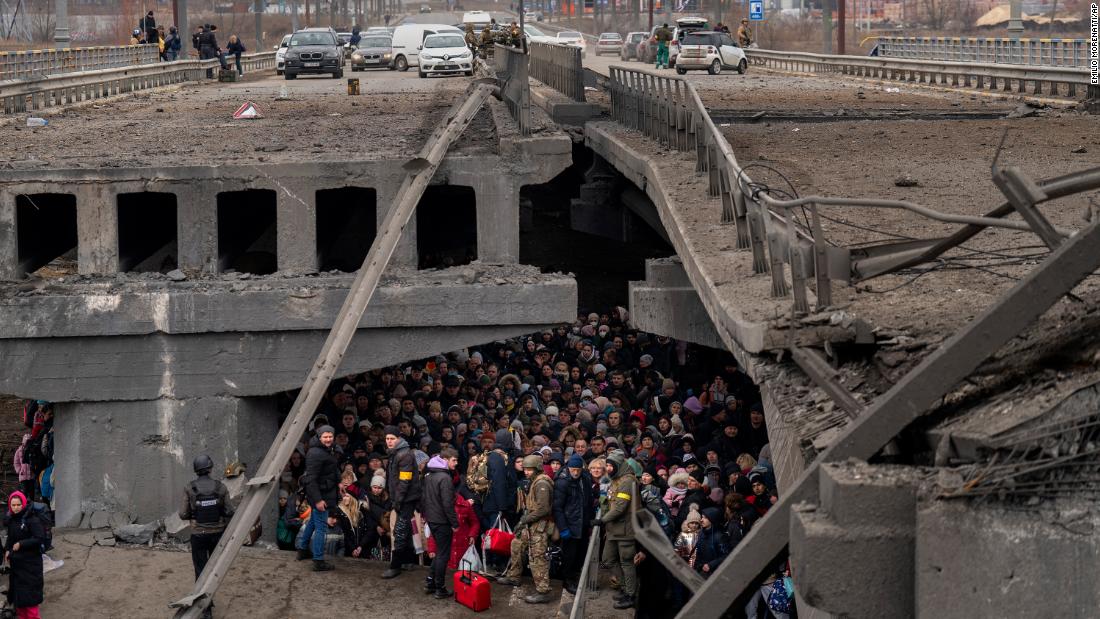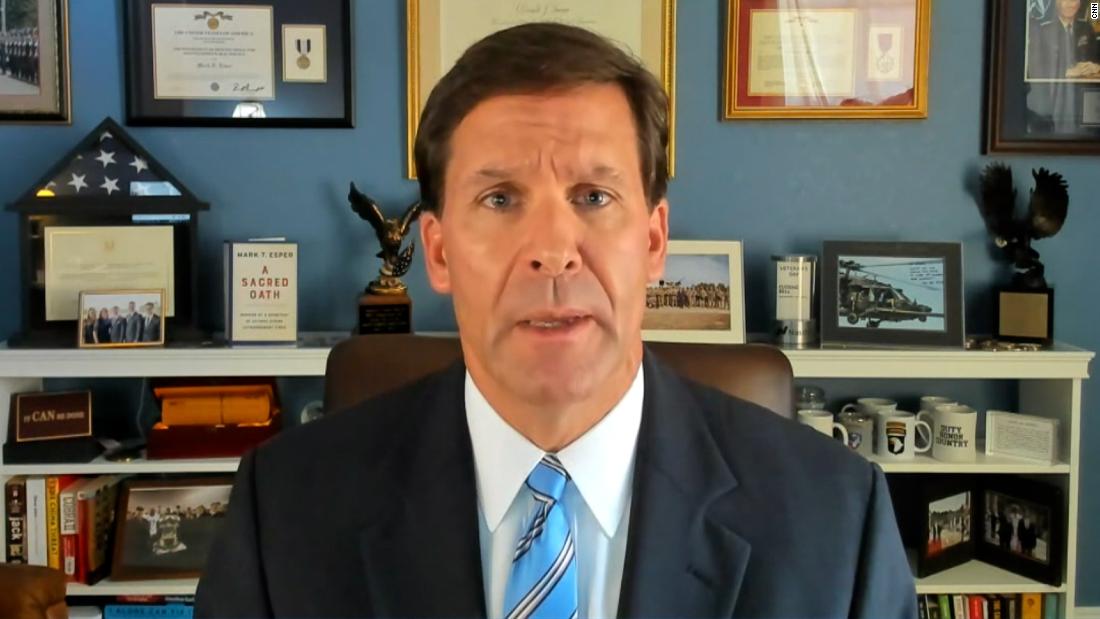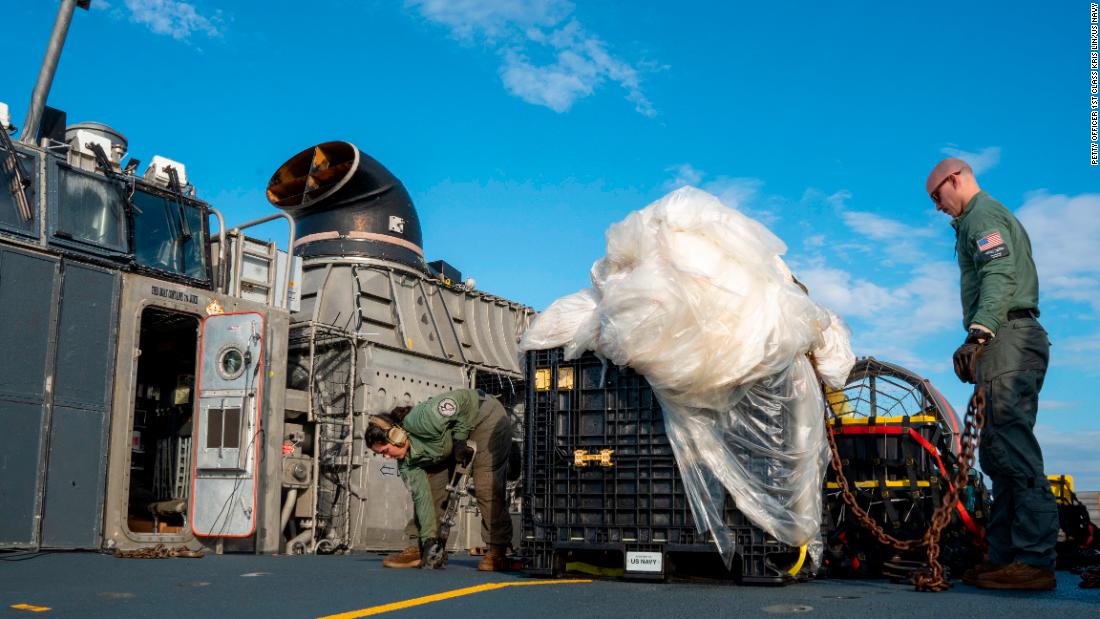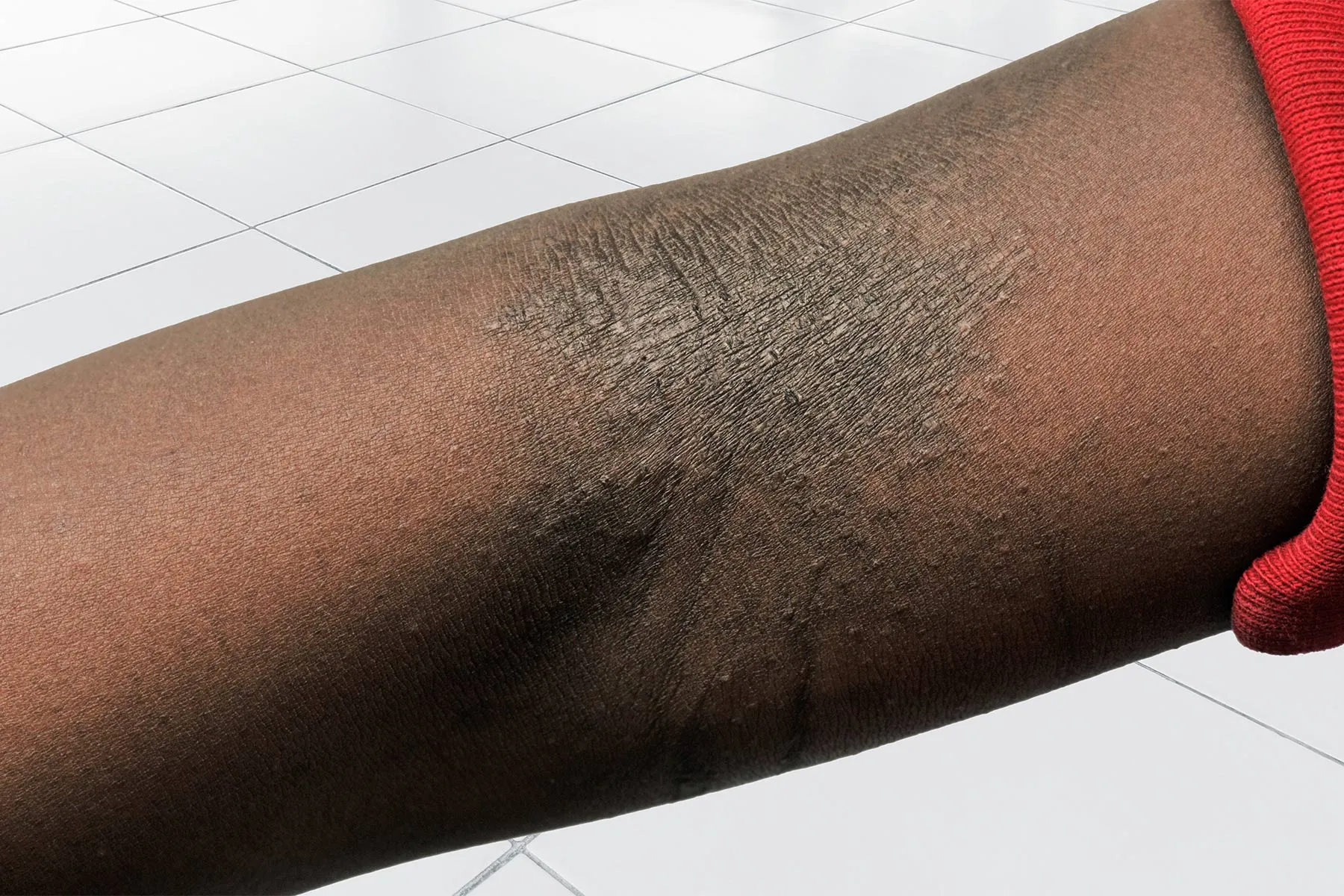The Truth About Catching Killers
Most murder investigations look nothing like the fast-paced, drama-soaked procedurals seen on streaming TV or podcasts. In a chat with TCR about his new book, former Scotland Yard detective Steve Keogh explains how the job gets done.

 It’s the classic trope in any crime film or television program: The grizzled homicide detective crouches under police tape at the scene of a crime to search for clues that will lead him or her, inexorably, to a dramatic confrontation with the killer.
It’s the classic trope in any crime film or television program: The grizzled homicide detective crouches under police tape at the scene of a crime to search for clues that will lead him or her, inexorably, to a dramatic confrontation with the killer.
Lately, podcasting and true crime documentaries have offered a different model of in-depth, gritty casework for a murder probe, often set against a nuanced history or context.
But if you really want to understand the reality of investigating homicides, you need to forget the drama, says Steven Keogh, a veteran homicide detective who retired after 30 years with the London Metropolitan Police, or as it’s known most everywhere else, Scotland Yard.
In a new book, Murder Investigation Team: How Scotland Yard Really Catches Killers, Keogh, who also founded Murder Academy, a YouTube channel dedicated exclusively to discussing murder investigations, offers a detailed, step-by-step examination of the actual work that the world’s oldest police force puts in to solving homicides and getting convictions.
At the same time, he debunks the many myths that have surrounded his work for decades.
In a recent conversation with TCR, Keogh discussed how insistent witnesses and the cujrious public complicate an officer’s life, why advanced technology can be a curse as much as a blessing―and what really drives a murderer.
This conversation has been condensed for space and clarity.
The Crime Report: Does true crime entertainment misrepresent homicide investigations?
Steven Keogh: On the surface, people might think it quite easy to investigate a murder because what you see on the screen, going down to the CSI, finding forensics to arrest the suspect, interviewing them, and then taking them to court, all seems very simple.
But the reality is, what goes on underneath is the stuff that needs to get done; otherwise you won’t get a prosecution. It’s not just about arresting someone and interviewing them, because every subject in my book, from witnesses, to exhibits from the crime scene, to forensics, all gets tested in the court by the best lawyers you’re going to get.
For instance, suppose we have a murder weapon, then the continuity of that weapon is so important. We have to know where it is from the time it’s been seized to the time we get to court and that will go in a book where every movement gets logged. If we have witnesses, or if we have to speak with families, every conversation is recorded so there’s never any suggestion that we’ve planted something in their story or there’s been any sort of inducement.
A murder investigation is much wider than it appears on the surface, it’s about being thorough. That wouldn’t make for good television. True Crime documentaries are entertainment, with some element of learning. But there’s so much that goes into a murder investigation that just doesn’t get seen. That’s what my book is about.
TCR: What are some of the pitfalls that can endanger a forensics investigation?
SK: The integrity of a crime scene is absolutely essential. There’s no point in forensics finding some DNA, if you haven’t found it in a correct way, because DNA can be transferred. In the book I point out that if detectives aren’t wearing their overshoes they could step in blood, go to a suspect’s house, the blood could fall off their shoe, and then, on the face of it, they can now link a suspect to a crime scene.
The courts will go after our evidence if things aren’t done properly. That’s why you have to record everyone who goes into a crime scene, why they’re there, and for how long. And they have to wear coveralls, the overshoes, the gloves, and the mask, especially now since forensics has improved and become far more sensitive over the last 30 years.
Because of that sensitivity, it is far easier to spoil evidence through cross-contamination than ever before. Just a sneeze could create havoc within a crime scene. And crime scenes are so important because that’s generally where the evidence is going to be found. We know the suspect was there, but the question is can we link them to the crime through the forensic evidence at the scene itself?
And if you don’t get it right, there and then, you can never recover. That’s why the majority of our training, equipment, and money is invested in crime scene investigation. It’s very important to get it right. I describe it in the book like building a house: you have to get the foundations right first. And, in a murder investigation, if you don’t get the first hour, two hours, three hours, 48 hours right, then it makes it very difficult to secure a conviction.
TCR: What do you find are some of the difficulties interacting with and interviewing witnesses and suspects?
SK: That’s where the skill of the detective comes in. A witness will tell you what they think is important and that is not always necessarily what’s important for the investigation. For instance, a witness will talk about what they saw in terms of sort of a broad outline: I saw the man hit the woman. A good detective comes in and asks the right questions. How did they hit them? How many times? Was it with a clenched fist or open hand? Did they have a weapon and, if so, which hand was it in?
They draw the pertinent information out of the witness’s mind, and it’s a real skill, but that’s only if you have an open and honest witness.
Scared Witnesses
A lot of people you speak to aren’t open and honest, for various reasons. Often this is not due to them being dishonest, but more so to them being scared. Witnessing a murder and being involved in an investigation is not fun for anybody. Nobody chooses to be in that position. However, people often also just don’t want to give you information and that’s where our skills of observation come in.
We have to look for signs that they’re potentially not telling the truth by comparing what they say to other facts and looking for inconsistencies or changes in the story to decipher if they’re being honest. Suspects are even more difficult because, much like in the U.S., they have a right to silence which the vast majority use.

Steve Keogh
Even if they haven’t done anything, a solicitor (attorney) will still advise them to just say nothing. But, thanks to television, we would quite often go to court and see the disappointment in the jury’s faces because they thought there was going to be a juicy part of the hearing where the suspect takes the stand and gets forced into confessing as the judge bangs the gavel.
But in reality, it’s a challenge to get suspects to talk. Most of the time they don’t, and we’ve actually grown so accustomed to that fact that it’s not something we worry about in the course of an investigation.
TCR: Do you experience the same kind of civilian distrust in the police that American police officers encounter. How do you deal with it as a homicide detective?
SK: People don’t want to talk to the police, but especially within certain poorer areas of London. I grew up in that sort of area and they just don’t mix with police officers. But we can often rely on victims’ families because people in these communities will often talk to them rather than to us. And because our Family Liaison Officers are usually able to establish a good relationship with the victims’ families we can use them to try and help break down the barrier by asking the people who talk to them to cooperate with us.
In London we also have Station Neighborhood Teams, officers that are assigned to a certain area and get to know the locals, the criminals, and the people who could be trusted. As a result, we will often go to these officers to help with an investigation because they can have the conversations that we can’t have.
Finally, whenever there is a murder, we have a Goal Group, which is a group of stakeholders from social services, local housing, local politicians, mental health services, etc., and an Independent Advisory Group of the general public. We tell these groups what happened and what we would like to know and, if they can find any information they can contact us directly. But, generally, the best resource in this kind of investigation is the members of the community who people know and trust rather than some detective knocking on doors and asking questions.
TCR: In fact, when it comes to trust, your book points out that, rather than random acts of violence committed by people with evil intent, most homicides are actually perpetrated by people who knew or were even related to the victim.
SK: Definitely. People think that they need to be worried about being dragged off the street and murdered because True Crime and television distort reality by focusing on high profile, random acts of violence. But for 2020, roughly 46 percent of adult female homicide victims in England and Wales were killed in a domestic homicide, 36 percent were killed by partners or ex-partners, and only 13 percent were killed by strangers.
If a female is going to be killed, there’s almost a 50 percent chance it’s going to be by someone close to them. Men are slightly different, but there will still usually be a connection and even if it’s not a direct acquaintance or friend it will often be someone moving within their social circles. The trick in a murder investigation is to identify that connection, because it might not be obvious but it’s usually there.
It’s much more difficult to solve a crime when it’s a random act because you then have to place a perpetrator at the scene at the time of the murder, as opposed to just being able to connect them to the victim and working backwards to establish a motive based on that relationship.
TCR: Have recent advances in technology, especially when it comes to cell phones, made investigating homicides, and crimes in general, easier or more difficult?
SK: We’ve moved past our sweet spot when it comes to technology and over the last few years it’s become much more complicated. Telephone evidence was one of our favorite types of evidence. We’ve all got a telephone and wherever we go we’re connecting to cell towers, and that evidence can be fantastic, especially considering the fact that there’s a connection between the people involved in a majority of crimes and that will come out in a person’s phone. And the information we needed from a telephone provider was all fairly simple: things like text message, the phone calls made, the tower that was used, and the International Mobile Equipment Identity number of the phone used.
But now, as we’ve entered into more internet-oriented phone use, with programs like WhatsApp that are encrypted, it’s very difficult for us to know if there was ever any actual communication between people involved in a crime. Because when we use these programs, which rely on Wifi, utilize encryption, and don’t depend on cell phone towers, which can be traced, it’s like the call doesn’t exist.
There are always more apps and more techniques to make it much more difficult for police to access and much easier for a switched on criminal to mask their communications. Another problem is actually getting into today’s phones. When everybody had the old Nokia-type phones, we could get into those with no problem at all. But with all the phones coming out today, and the new security features that come with them, especially with iPhones, police are always playing catchup. If a new iOS comes out, it takes ages for the police to develop the techniques in order to get back into a phone. And a criminal isn’t going to just give you their pin.
TCR: Is there such a thing as too much transparency in an investigation and, if so, what are the consequences?
SK: It depends on what stage of the investigation you are in. In the beginning, you don’t want to alert suspects by revealing too much of what you know because they could get rid of evidence, go after witnesses, basically try and cover their tracks. When you have to talk to witnesses you want what they say to be their own personal account, not what they heard or saw on television or learned through other channels.
Then, when you get to court, if there’s too much information out that they can learn through the media, you could compromise the trial. However, in some cases, you can not reveal enough and it’s counterproductive. For example, with the murders of Abigail Williams and Liberty German in Delphi, Indiana. I think the police haven’t released enough information. When you’re going out and looking for information, you have to give people something in order to spark their minds and memories. There is a balance between giving too much and giving too little and that’s just something that you learn over time.
TCR: How did your department handle the issue of officer wellness and are there any systems in place to protect and check on officers who are exposed to very real trauma when witnessing and investigating these types of crimes?
SK: I think the police are better now than they used to be. We’ve got counseling services provided by the police that have been in place since I started 30 years ago. However, it’s not automatic. You’re not going to be automatically referred for counseling after you’ve been to a crime scene. Instead, one of two things will happen: either you’ll ask for counseling yourself because you think you need it or you’ll be referred by a supervisor if they see any signs of you being in distress.
But policing is a very macho environment, so, by the time either of those things happen it’s usually too late. There’s a stigma to mental health in policing that I think is a reflection of our society. And while over the last few years it has become more recognized that we need to talk about mental health issues, I think police are lagging behind that developing trend in society. The police will probably catch up with the rest of the world when it comes to understanding a need for regular counseling for their officers, but they’re just not there yet. There’s still this focus on response, and waiting until things go wrong, as opposed to prevention.
TCR: Is that macho culture of policing part of the reason it is so difficult for society to humanize police officers?
SK: With the police people see all the time, the uniformed police, they don’t see the person, they see the uniform. For example, when you have protesters directing their anger and ire at the police, they’re not directing those emotions at the human being that’s wearing the uniform, but at the uniform that represents the government authority. And with all police, especially detectives, there isn’t a lot of slack. People just expect you to get things right, and feel that you should get things right, all the time. But police officers are human, and humans make mistakes.
Isidoro Rodriguez is deputy editor of The Crime Report. He has written extensively on policing.

 Landwebs
Landwebs 























